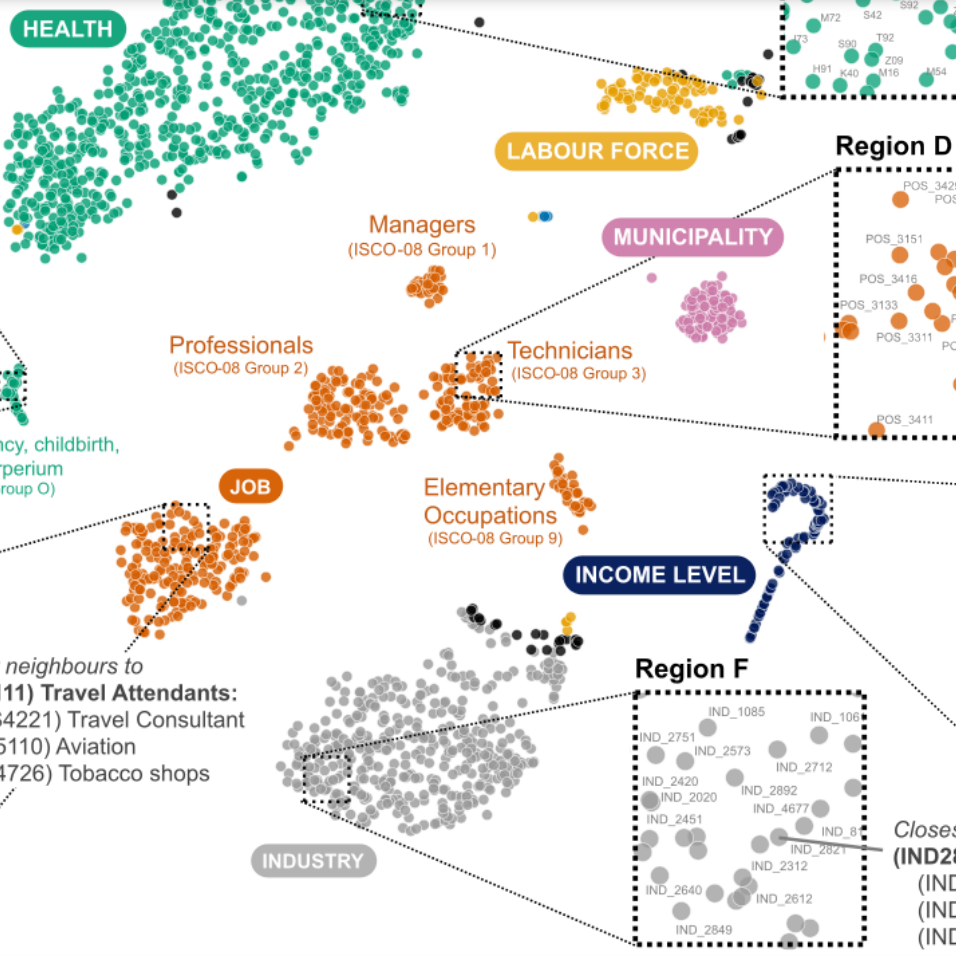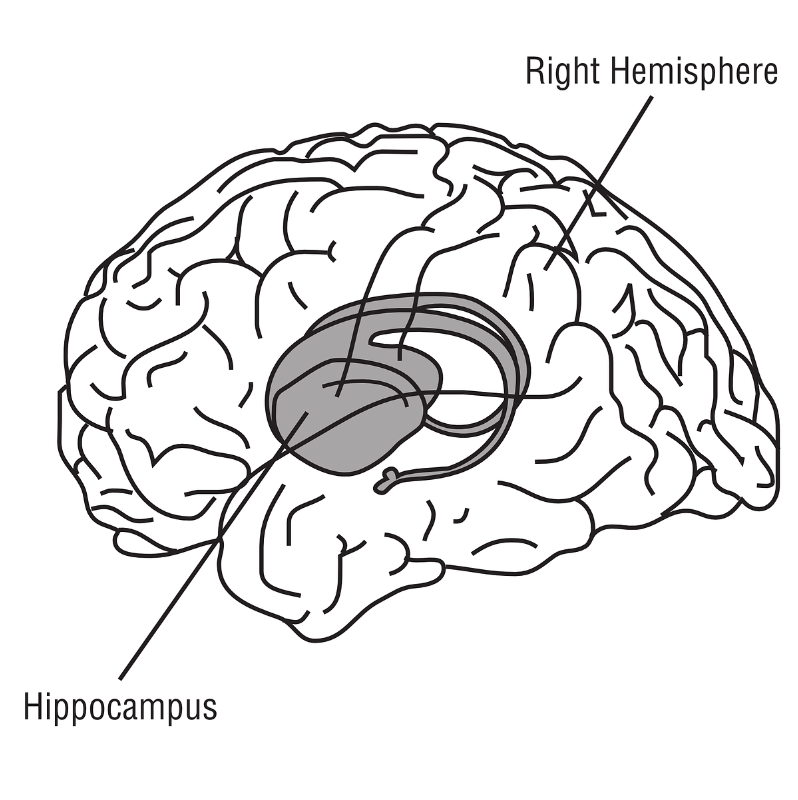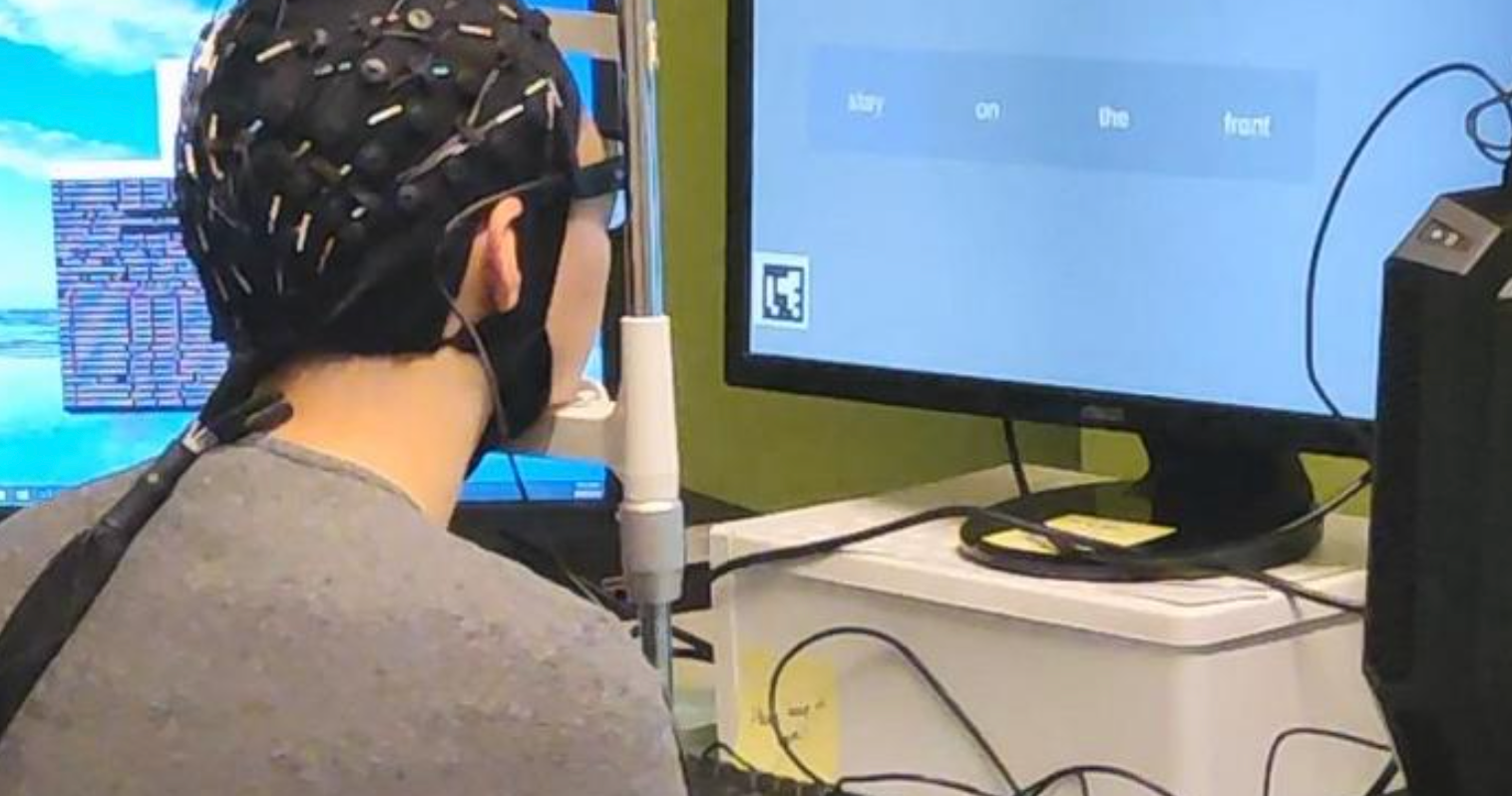Scientists at MIT, the University of Birmingham, and elsewhere say that astronomers’ best chance of finding liquid water, and even life on other planets, is to look for the absence, rather than the presence, of carbon dioxide in their atmospheres.
This new signature is within the sights of NASA’s James Webb Space Telescope (JWST). The team says this new signature of relatively depleted carbon dioxide is the only sign of habitability that is detectable now.
“Now we have a way to find out if there’s liquid water on another planet. And it’s something we can get to in the next few years,” said Julien de Wit, assistant professor of planetary sciences at MIT.
The team’s findings will appear in Nature Astronomy.
Liquid water
Astronomers have so far detected more than 5,200 worlds beyond our solar system. But there’s been no way to directly confirm whether a planet is indeed habitable, meaning that liquid water exists on its surface.
Venus, Earth, and Mars share similarities: all three are rocky and inhabit a relatively temperate region with respect to the sun. But Earth is the only planet among the three that currently hosts liquid water, and it has significantly less carbon dioxide in its atmosphere.
“We assume that these planets were created in a similar fashion, and if we see one planet with much less carbon now, it must have gone somewhere,” Triaud says. “The only process that could remove that much carbon from an atmosphere is a strong water cycle involving oceans of liquid water.
The team reasoned that if a similar depletion of carbon dioxide were detected in a far-off planet, relative to its neighbors, this would be a reliable signal of liquid oceans and life on its surface.
A roadmap to life
Once astronomers determine that multiple planets in a system host atmospheres, they can move on to measure their carbon dioxide content, to see whether one planet has significantly less than the others. If so, the planet is likely habitable, meaning that it hosts significant bodies of liquid water on its surface.
To see whether life might actually exist, the team proposes that astronomers look for another feature in a planet’s atmosphere: ozone. Lifeforms emit oxygen, which reacts with the sun’s photons to transform into ozone—a molecule that is far easier to detect than oxygen itself.
The researchers say that if a planet’s atmosphere shows signs of both ozone and depleted carbon dioxide, it likely is a habitable, and inhabited world, which could lead to discoveries within the next few years.
Citation: Triaud, A. H., De Wit, J., Klein, F., Turbet, M., Rackham, B. V., Niraula, P., Glidden, A., Jagoutz, O. E., Peč, M., Petkowski, J. J., Seager, S., & Selsis, F. (2023). Atmospheric carbon depletion as a tracer of water oceans and biomass on temperate terrestrial exoplanets. Nature Astronomy, 1-13. https://doi.org/10.1038/s41550-023-02157-9
Let us know your thoughts! Sign up for a Mindplex account now, join our Telegram, or follow us on Twitter.


.png)

.png)


.png)











